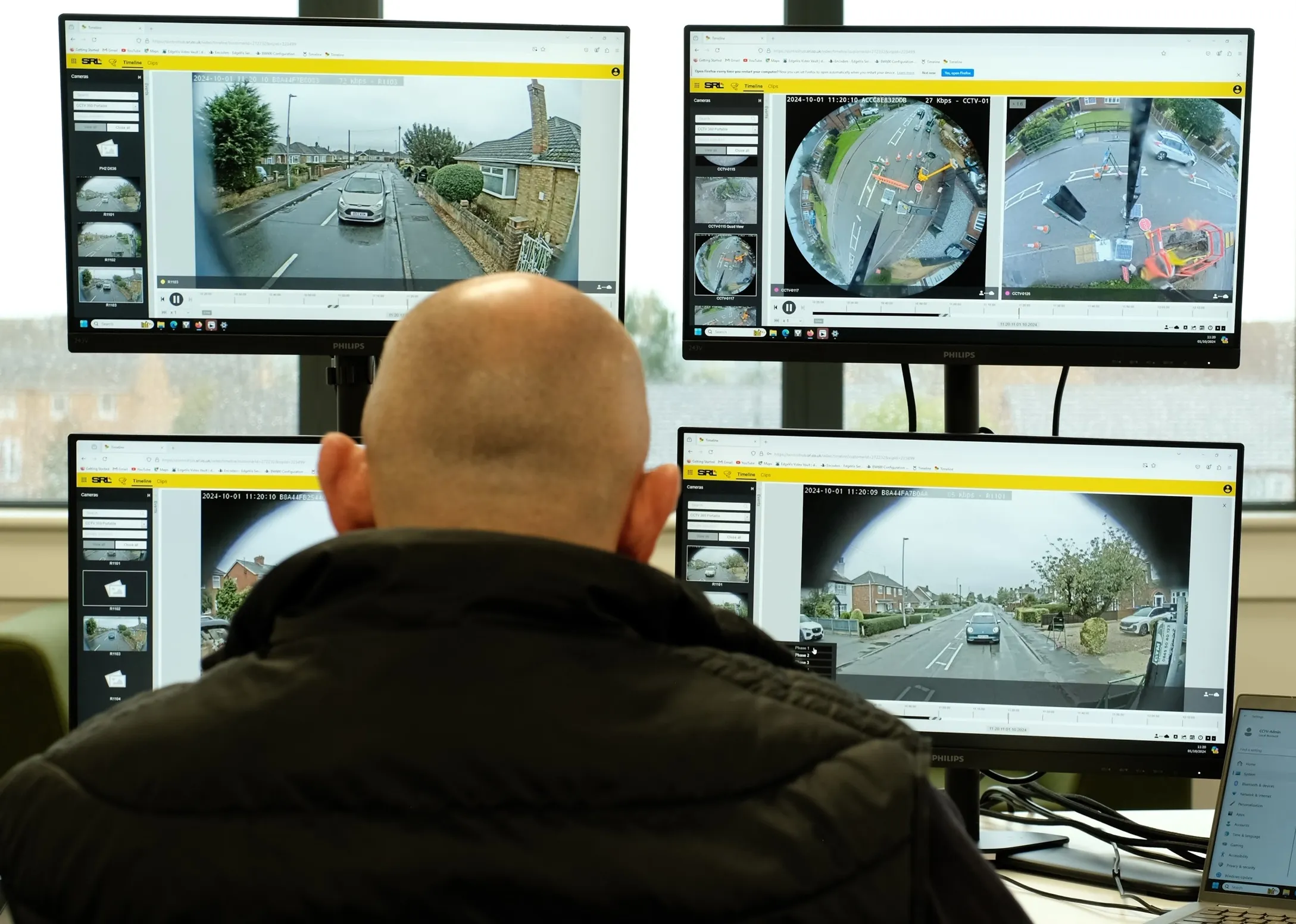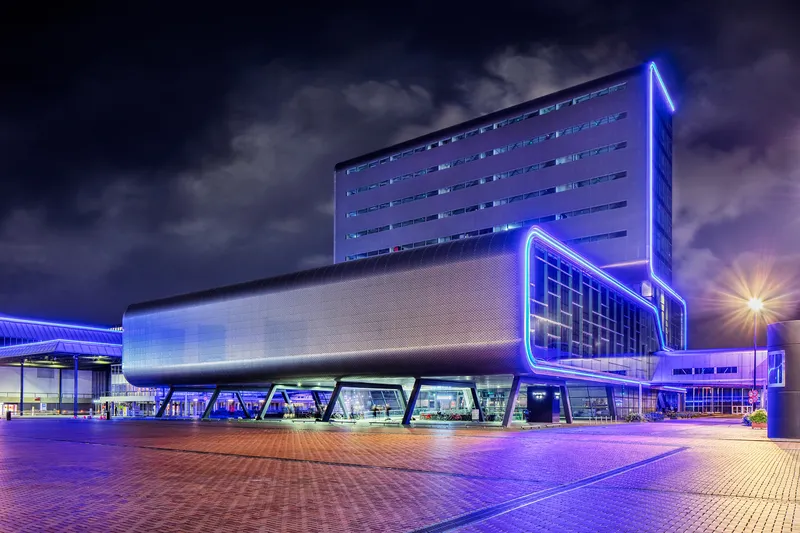Vicon Industries has introduced several enhancements to its line of SurveyorVFT camera domes including cameras that offer x22, x22 with ExView, x23 and x35 zoom in standard indoor and outdoor, impact-resistant and pressurised housings.
July 30, 2012
Read time: 1 min
Vicon says all SurveyorVFT domes now offer enhanced auto focus performance, eliminating the need for any manual adjustments. The x23 and x35 cameras now offer higher, 540-line resolution, with the x35 model also offering progressive scan to reduce blurring and enhance overall image quality. Digital noise reduction, which increases camera sensitivity and improves performance in low-light situations, is now featured on the x23 camera and will be available soon on the x35 camera.
The SurveyorVFT domes in pressurised housings now offer on-screen readings for pressure value, temperature and humidity, making it effortless to perform diagnostics on an ongoing basis.










